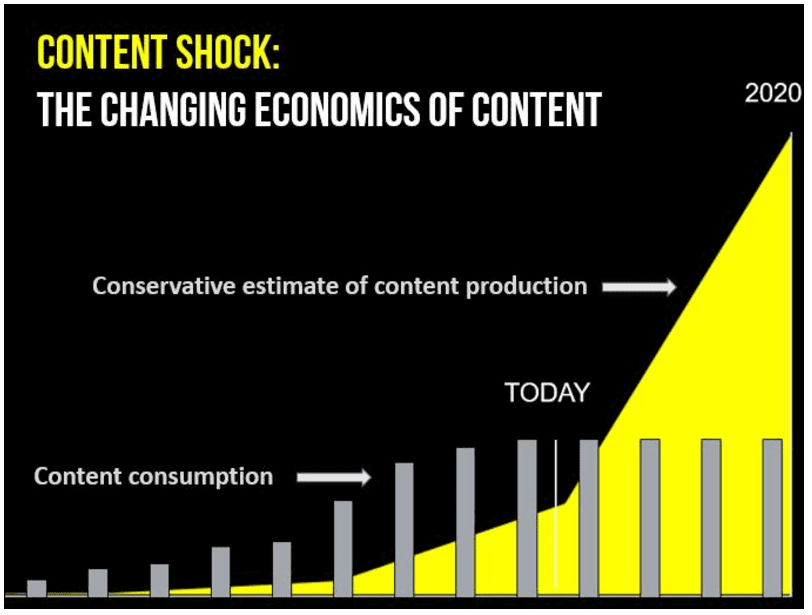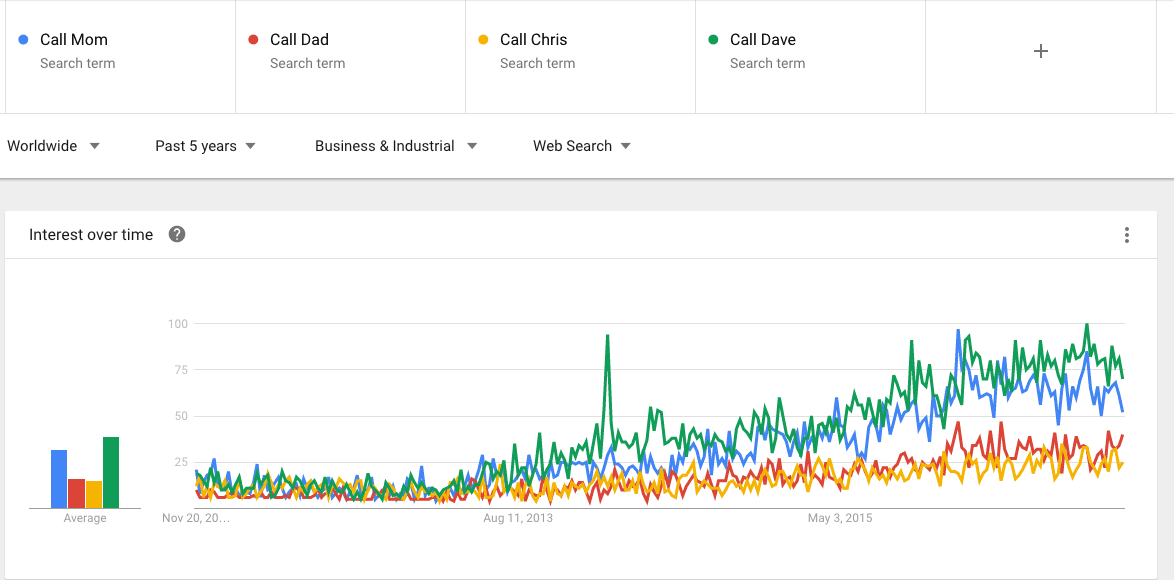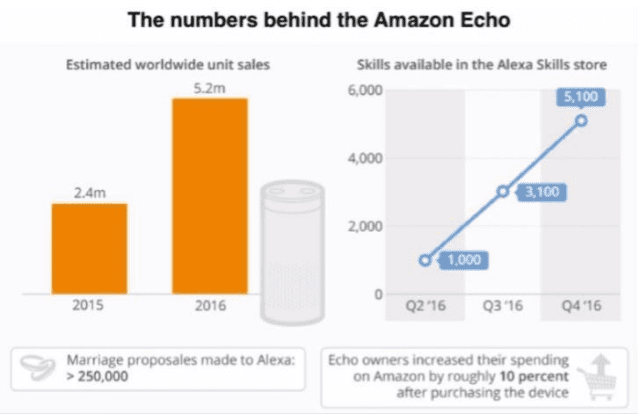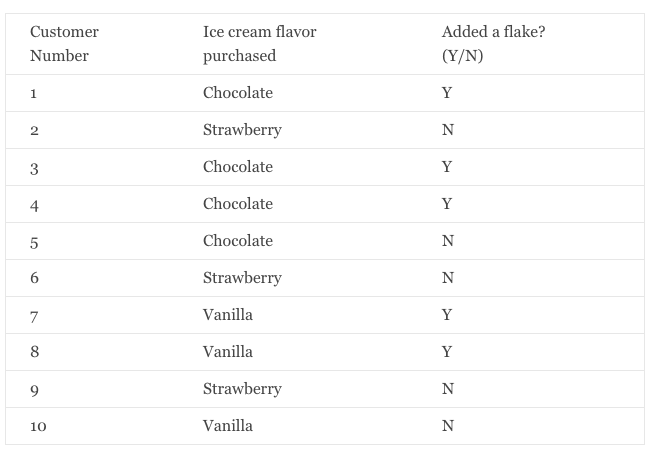Stay ahead of these major marketing trends to retain your edge over the competition this year
Marketing moves fast. Fads come and go, but big shifts in technology change the whole marketing landscape. The launch of the iPhone and the growth of social networks in the late 2000's massively disrupted the whole marketing landscape, just like the massive adoption of PCs did in the mid to late 90's, and TV did in the 50's and 60's.
At the moment marketers are firmly concentrated on the latest big technological fads like chatbots, virtual reality and augmented reality. It remains to be seen whether these will create real value for marketers beyond a few niche applications, or if they are just over-hyped by virtue of their novelty. However, it is possible to identify some big changes in how marketers are using existing technology, and these major shifts have serious implications for brands in the here and now. We’ve identified four mega-trends that will be extremely important in 2017, and marketers would do well to make sure they are utilizing them.
Trend 1: Social media becomes media, stops being social. Engagement no longer a coveted metric.
Since marketers awoke to the huge potential of the massive audiences’ social networks were acquiring, social media marketers have been telling us the future of marketing is all about ‘conversations’ and letting customers share their ‘brand love’ with the rest of the world. Traditional metrics were dead, and ‘engagement’ was the cool new kid on the block that everyone wanted to be friends with. Just don’t mention ROI or you might look like some fusty old stick in the mud who doesn’t get the new way of doing things.
Well the emperor’s new clothes are now looking more than a little bit see-through, and agencies and brands are starting to realize. Late last year MediaPost named BBDO as the social media agency of the year. But not for coming up with some amazingly ‘authentic’ content that could get ‘tens and tens’ of organic impressions and ‘start conversations’. Quite the opposite. It was because they realized organic reach was now so chocked off as to be almost non-existent, and instead used Facebook ‘as a media channel’. That is, they paid to advertise, didn’t use organic posts, ignored commonly used engagement metrics such as likes shares and comments and instead focused on ‘impact-led metrics’, which led to a campaign which was 75% more effective in delivering brand results.
This award is indicative of the beginnings of what will be one of the major trends in marketing this year. CMO's are starting to wake up to the pointlessness of many social metrics, and are realizing many have very little impact on ROI. This trend will gain momentum as more and more businesses switch to treating social media as they would any other advertising medium, rather than a special case.
Trend 2: Content shock.
SEO consistently ranks among the most effective marketing tactics in terms of ROI. By organically ranking for a popular term you can gain huge amounts of traffic at zero marginal cost. Even better, if you are an e-commerce business and you rank for a term with high purchase intent – such as say ‘best priced laptops’, then it could be worth millions in revenue.
The key to SEO is great content that attracts links, which can then get you seen by more and more visitors. The effectiveness of SEO as a tactic means competition is fierce, as every business with a major online presence desperately attempts to rank for as many relevant terms as possible. This obviously leads to a massive glut of content, which then decreases effectiveness because there is so much content that each individual article/video/graphic is seen by fewer and fewer people.

The term for this phenomenon, (content-shock) was coined originally by Mark Schaefer, and as you can see from the chart above, this changing of the economics of content is already underway.
This trend will be a real issue for digital marketers this year, and in subsequent years. Content will be less effective and it will become increasingly hard to stand out. Only by having a very strong brand and producing consistently exceptional content will your business be able to continue getting similar levels of success with content marketing and SEO as it has in the past.
Trend 3: Voice Search and the connected home
The rising popularity of voice search has been a trend for a few years now. As more and more devices become better at accurately interpreting human speech, the percentage of searches done ‘out-loud’ is set to increase.
The chart below from Google trends shows how this trend has been gathering momentum over the past few years.

Now with voice controlled devices such as Amazon Echo becoming increasing common in homes (see below chart), voice search is set to take off as consumers realize they don’t need a device by their side to be able to search the web.

Voice search will change how SEO works. The focus will be on short, useful and pithy answers to questions. It may well also increase the importance of ranking first in SERPS, as any voice controlled device is likely to provide an answer based on the first result, rather than offer the user a number of different answers based on the first few results.
Trend 4: Machine learning for predictive analytics
All marketers are now more than familiar with the term ‘big data’. Digital marketers have vast amounts of data at their fingertips, but all too often they fail to generate insights from it. This might seem silly, but actually, it makes perfect sense that the amount of data gathered runs counter to the amount of insights we are able to infer from it. An ‘Insight’ means establishing a rule or tendency by looking at the data. For example, if you had access to the data of all the purchases of people at an ice cream store, you might be able to establish the likelihood someone would spend the extra 40 to get a flake in their Ice cream based on the flavor of ice cream they ordered.

These insights are easy to establish because the data set is so simple. But imagine I gave you the purchasing habits of every customer of a major supermarket and ask you to draw insights out. Every customer is purchasing hundreds of different items a week, there are no obvious rules, what they purchase each time varies massively, and there are millions of customers. No human could possibly make sense of this data because of the vast numbers involved. But by leveraging the power of computers using machine learning it is possible to infer incredibly precise insights that allow markets to make useful predictions about the future behavior of their customers.From this data, we can easily draw out the following insights. People who order vanilla have a 66.6% chance of adding a flake to their order, people who opt for strawberry have a 0% chance of ordering a flake, and people who order chocolate have a 75% chance of getting a flake.
Machine learning works by letting the computer run through every possible prediction model, and then select the prediction model or models that produce the most accurate results. In our simple ice-cream data set, there are 3 possible descriptive feature values (strawberry, chocolate and vanilla) and two different target feature values (flake or no flake). This means there are 25 (32) possible prediction models that could be used. But in a hypothetical data set with hundreds of different possible descriptive features and several different targets features they’re might be 6151 (over 3 Googleplexes) worth of possible prediction models that can be used. Whilst the human mind can’t comprehend a number this large, a computer capable of several billions of calculations per section can run through the trillions and trillions of possible combinations in a matter of minutes.
This means it’s possible to create amazingly accurate models of customer behavior (provided your data is accurate) based on every possible data point you have. This allows for precision targeting that until now marketers could only dream off. You’ll know which customers will respond to what offers at what time on the exact types of products they are interested in. Armed with this knowledge you’ll be able to deploy more engaging and more effective targeted ads and emails.
Machine learning for predictive analytics is the tool that makes big data useful. It’s not been utilized to its full potential yet, but 2017 will be the year marketers start using it to great effect.











